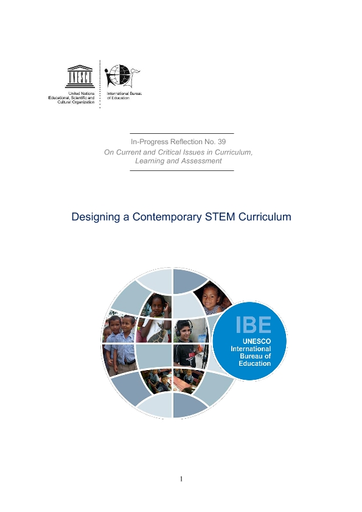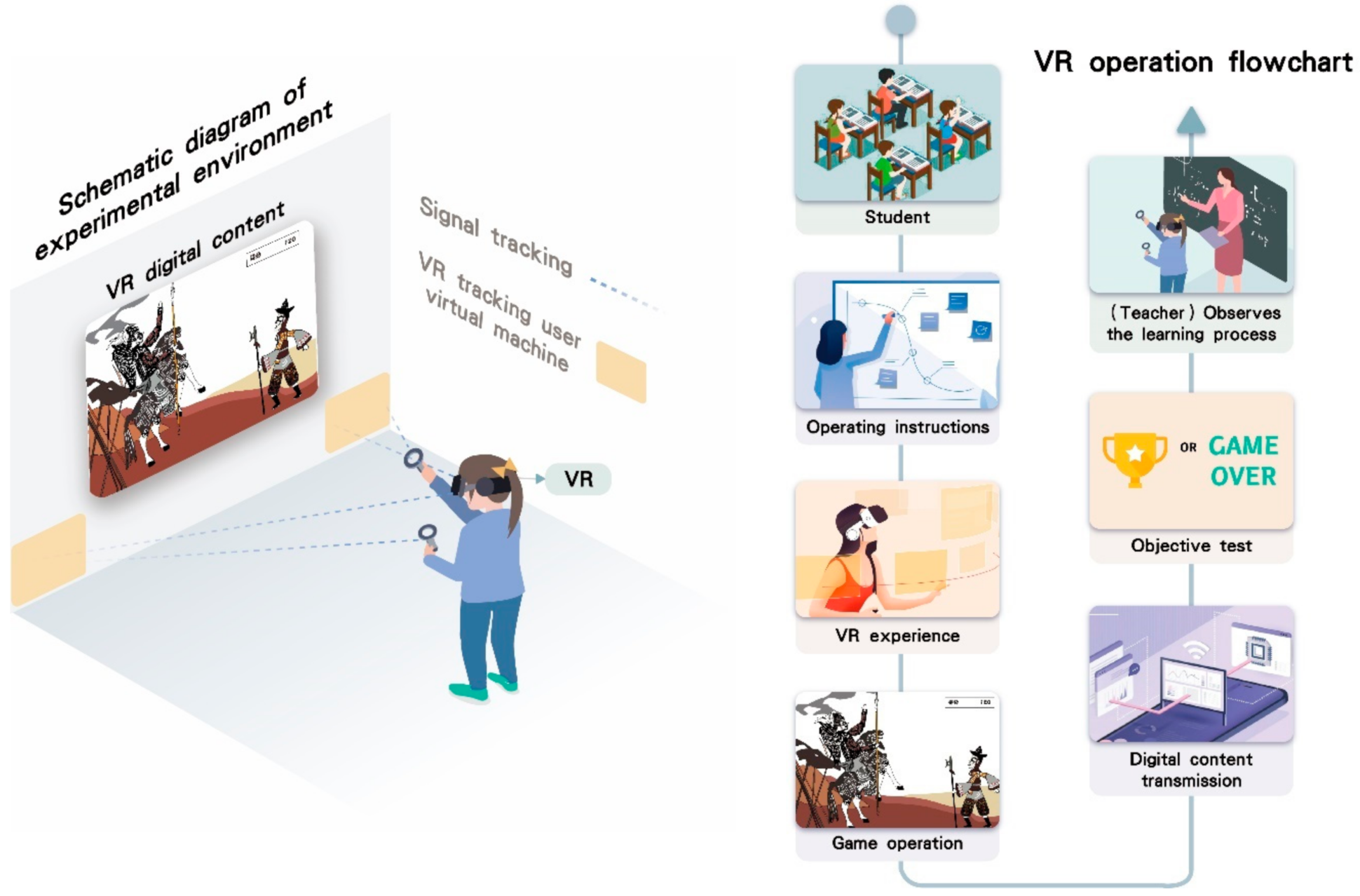Mastering Microsoft Teams Essential Tips for Educators
Streamline Communication:
In the fast-paced world of education, effective communication is key. Microsoft Teams offers a hub where teachers can connect seamlessly with colleagues, students, and parents. Utilizing the chat feature allows for quick exchanges of ideas, updates on assignments, and even virtual office hours. By mastering this tool, educators can create a communication channel that is both efficient and reliable.
Empower Collaborative Learning:
One of the standout features of Microsoft Teams is its ability to foster collaboration among students. Through the platform, teachers can create Teams for each class, where students can work together on projects, share resources, and engage in discussions. This collaborative environment not only enhances learning but also prepares students for real-world teamwork scenarios.
Create Interactive Classrooms:
Gone are the days of one-way lectures. With Microsoft Teams, educators can create interactive classrooms that keep students engaged. The “Meetings” feature allows for live video sessions where teachers can conduct lessons, host virtual Q&A sessions, or even invite guest speakers. With the added option of recording these sessions, students can revisit the material at their own pace.
Organize Assignments Efficiently:
Keeping track of assignments and deadlines can be a daunting task for both teachers and students. Microsoft Teams simplifies this process by providing a designated space for assignments within each class Team. Teachers can create, distribute, and collect assignments seamlessly. Students receive notifications for upcoming deadlines, ensuring they stay on top of their work.
Personalize Learning with Channels:
Every student has unique learning needs, and Microsoft Teams caters to this diversity through its Channels feature. Teachers can create Channels within their class Teams to focus on specific topics, projects, or interests. This allows for differentiated instruction, where students can join Channels that align with their learning preferences and pace.
Enhance Engagement with Polls and Quizzes:
Keeping students engaged in virtual or hybrid classrooms can be a challenge. Microsoft Teams offers interactive tools such as Polls and Quizzes to make learning more engaging. Teachers can create quick polls to gather feedback, gauge understanding, or spark discussions. Quizzes can be used for formative assessments, providing instant feedback to both students and teachers.
Centralize Resources for Easy Access:
Gone are the days of hunting through emails for that one important document. Microsoft Teams serves as a centralized hub for all classroom resources. Teachers can upload and organize documents, presentations, videos, and links within the Files tab of each class Team. This ensures that students have easy access to all the materials they need for successful learning.
Facilitate Parent-Teacher Communication:
A strong partnership between parents and teachers is crucial for student success. Microsoft Teams facilitates this communication by allowing teachers to add parents or guardians as “guests” in a class Team. This gives parents visibility into their child’s assignments, progress, and upcoming events. Regular updates and announcements can be shared, creating a collaborative learning environment.
Ensure Data Security and Privacy:
With the sensitive nature of student information, data security is a top priority for educators. Microsoft Teams provides robust security features, ensuring












